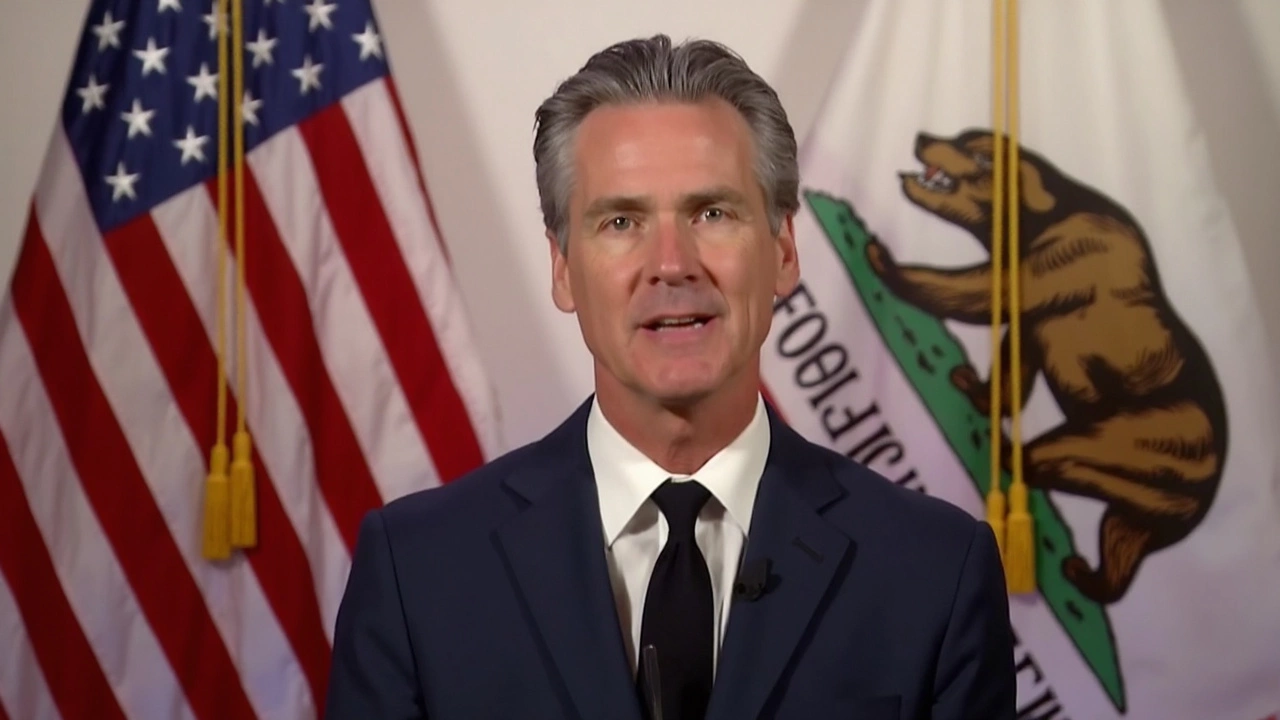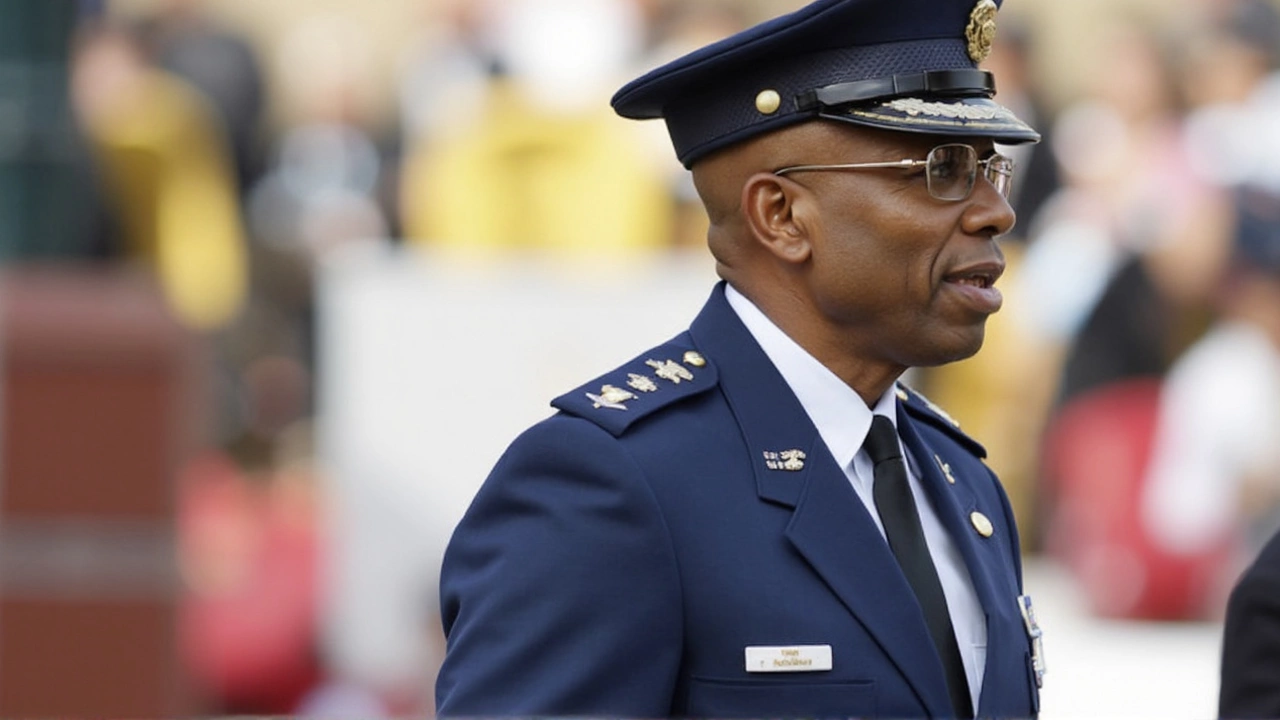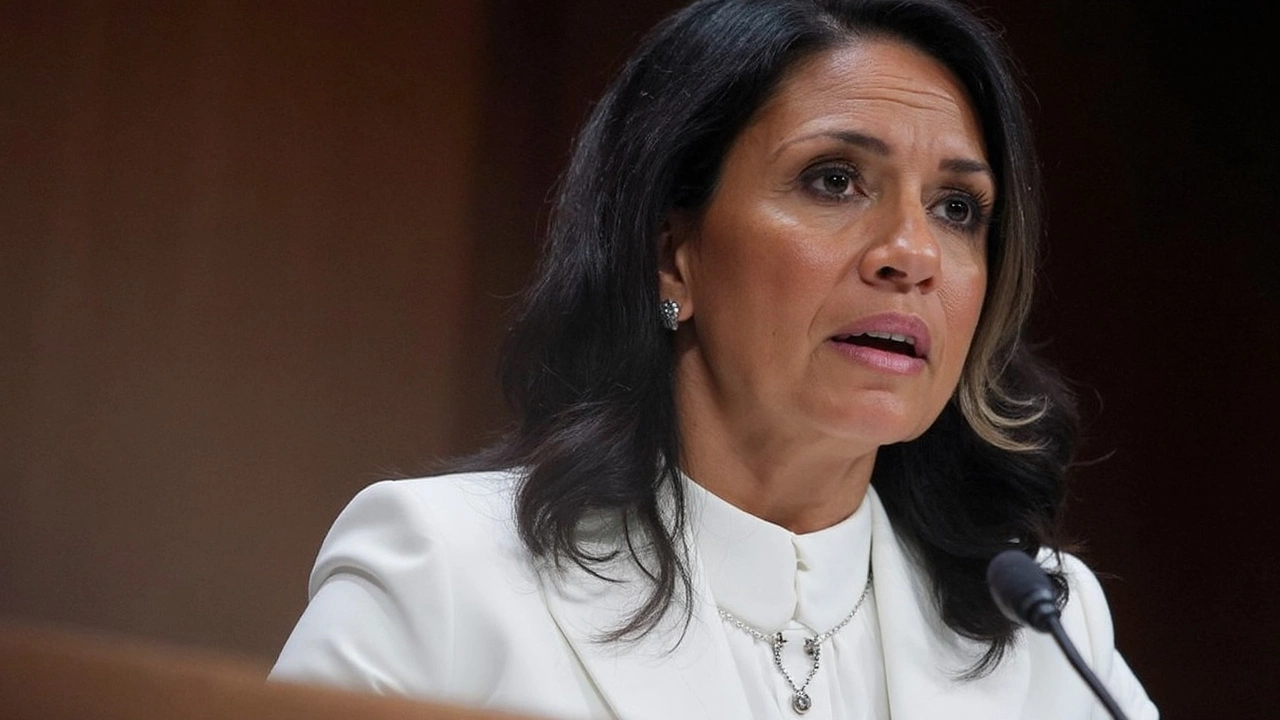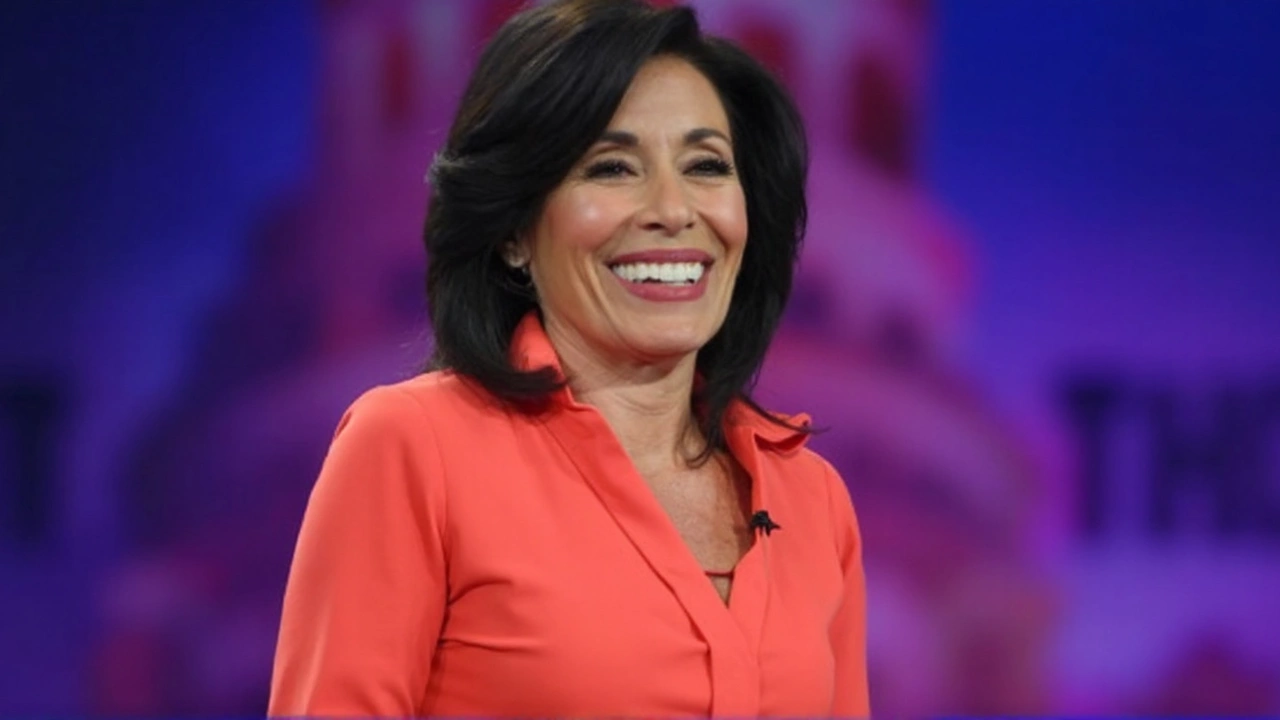Newsom Takes on Trump’s Unilateral Military Actions in California
Californians tuning in to Governor Gavin Newsom’s address on June 11, 2025, witnessed a rare moment of public confrontation between state and federal powers. Standing before millions of viewers, Newsom did not mince words as he slammed President Donald Trump's deployment of more than 4,000 National Guard members and hundreds of Marines to the streets of Los Angeles. What set the governor off wasn’t just the size of the federal response, but the way it swept in—fast, unexpected, and without even a courtesy call to state leaders.
Newsom described the move as a classic case of federal overreach. Using strong language, he called Trump’s actions “authoritarianism” and “weakness masquerading as strength.” The governor didn’t just focus on the arrival of troops. He tied the operation to earlier moments that have shaken California’s trust in Washington—like the unannounced federal raids targeting Latino neighborhoods and the protests against ICE that have been roiling immigrant communities.
Warning Against Silence and Demanding Accountability
During his address, Newsom didn’t just critique. He challenged Californians to take a stand. “What Donald Trump wants most is your fealty. Your silence. To be complicit in this moment. Do not give in to him,” he urged, making his case that staying quiet is no longer an option for anyone concerned about democracy.
The tension has been brewing for weeks. Protests across Los Angeles started as rallies against recent ICE operations but quickly drew broader crowds when rumors of troop deployments spread. When armored vehicles suddenly appeared downtown, public anxiety only grew. State officials, including Newsom, claimed they received little to no advance warning before military units started coordinating with local police.
The federal response didn’t just raise concerns among activists. Law enforcement professionals in LA said the decision broke established protocols. One veteran police captain in South Central described it as “one of the wildest nights we’ve seen—one minute, we’re in charge, the next, it’s all federal command.”
Experts in constitutional law point out that states traditionally manage their own National Guard units during civil unrest. According to Professor Lisa Montoya from UC Berkeley, “Bypassing state authority is legally and politically dangerous. It sends a message that Washington is willing to ignore local control and deploy force whenever it chooses.”
- 4,000 California National Guard members activated by the federal government
- 700 active-duty Marines deployed to LA streets
- No consultation with state leaders before deployment
- Unauthorized federal raids in Latino neighborhoods reported in prior weeks
This isn’t just a back-and-forth between rival politicians. The governor called out what he described as an abuse of power—militarizing local communities, sidelining state and city officials, and eroding the trust between the public and government. With millions of Californians watching, Newsom’s speech became a rallying cry, underscoring the deep political fault lines in America right now.
As the debate rages on, many ordinary Californians are left unsure who to trust. Some see Trump’s move as a necessary show of strength amid growing unrest. Others side with Newsom, warning that this scale of federal intervention is a red flag for anyone who values state rights and local democracy. This moment—a public standoff between a governor and a president over who controls the streets—may shape not just California’s response, but set the tone for how power gets used and challenged in the years ahead.
There’s no doubt, the “California crisis” just put state-federal relations in the spotlight for the rest of the country to see. And this story is far from over.



